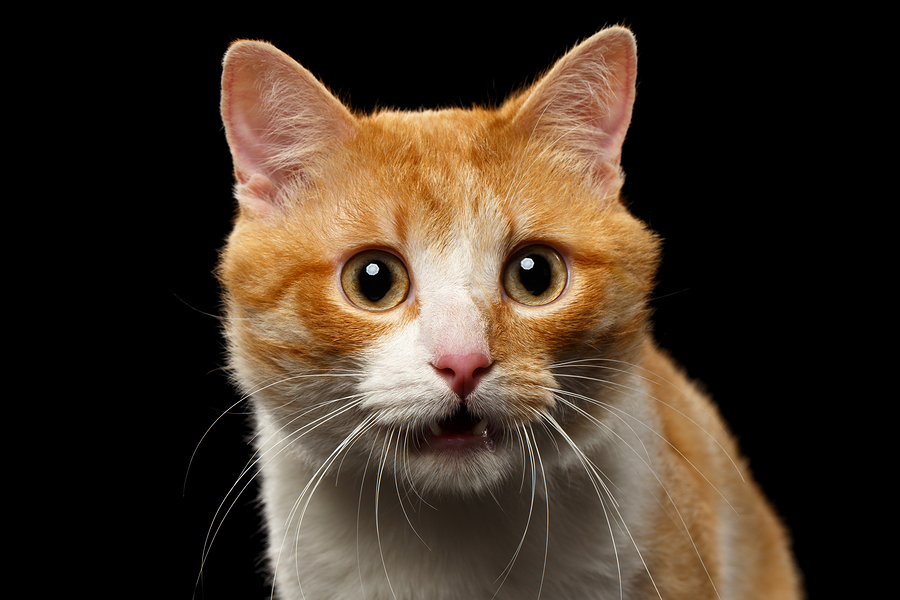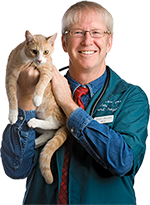I can’t tell you how many painful, infected, miserable mouths I see on cats whose owners are afraid for their pets to get dental care due to fears of anesthesia. Here’s what I told a worried reader.
Q: My cat needs to have his teeth cleaned, but I’m afraid for him to go under anesthesia. How safe is it?
A: We know a lot more now about anesthetizing cats safely than we did when I began topractice more than 30 years ago. New drugs and advanced techniques contribute to a safe and comfortable anesthetic experience for cats. If your veterinarian follows the latest anesthetic protocols, your cat should come through his dental cleaning just fine.
A preanesthetic assessment of kidney, liver and bone marrow function is important to ensure that he doesn’t have any underlying conditions that could cause problems. For instance, if lab tests show that your cat has a high white blood cell count, which might indicate a bacterial infection, your veterinarian can modify anesthesia to make it safer or recommend that you wait until the condition is treated. Anesthesia protocols may also need to be modified for cats with conditions such as asthma, diabetes or hyperthyroidism.
Your cat should receive intravenous fluids while he’s anesthetized. Fluids help to prevent dehydration and low blood pressure.
It’s also important for cats to be kept warm before, during and after anesthesia. The body is better able to metabolize anesthesia drugs when it’s warm, not to mention it’s just more comfortable for your cat.
Last but definitely not least, minimizing stress throughout the process will help to ensure that your cat responds well to anesthesia. Practices that can help include use of pheromone products, Fear Free handling techniques (visit fearfreepets.com for more information) and appropriate use of pain-relief drugs before, during and after anesthesia.
Talk to your veterinarian beforehand so you understand exactly what will happen, what you can do before the procedure to ensure a good outcome, such as withholding food and water, and what to look for afterward to make sure you don’t overlook anything abnormal.
Read more, including about the safety of flying pets, in this week’s Pet Connection.


